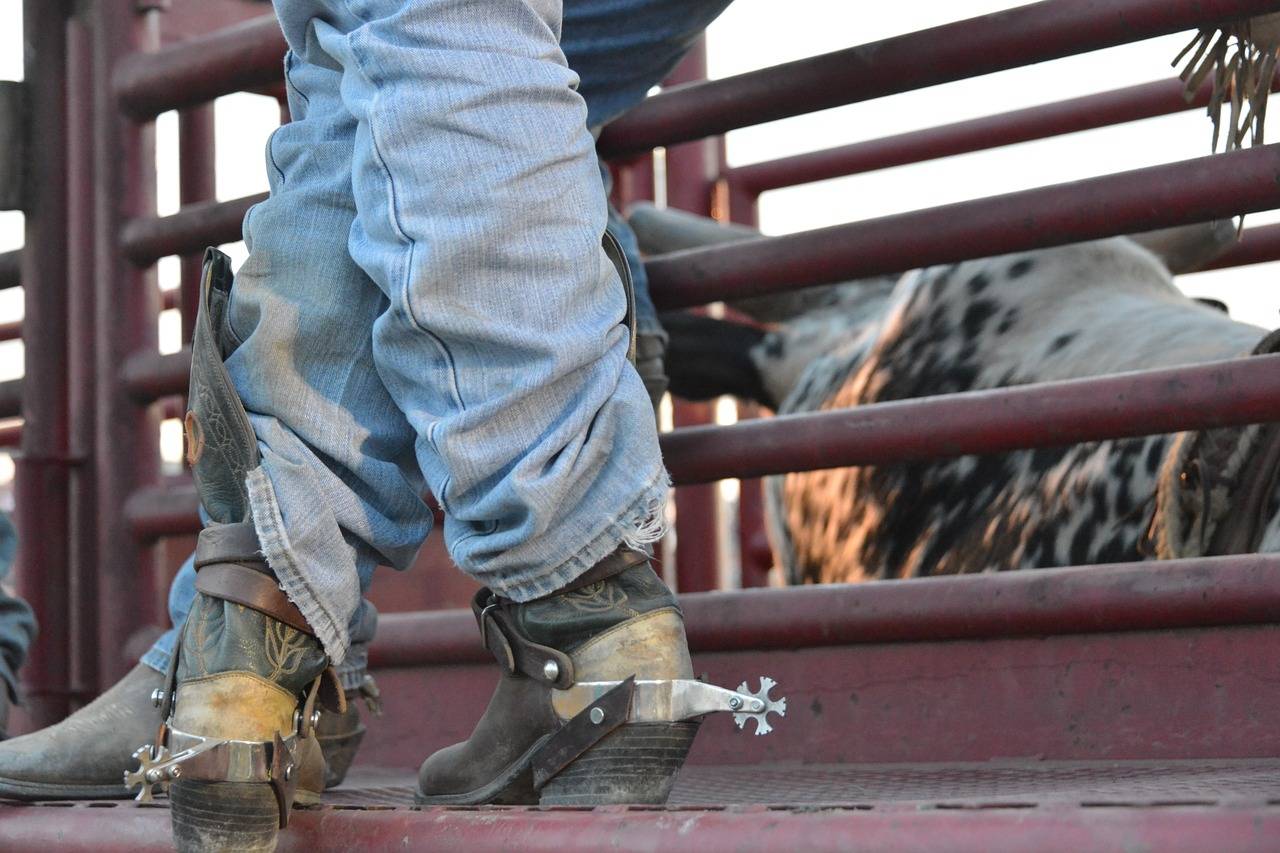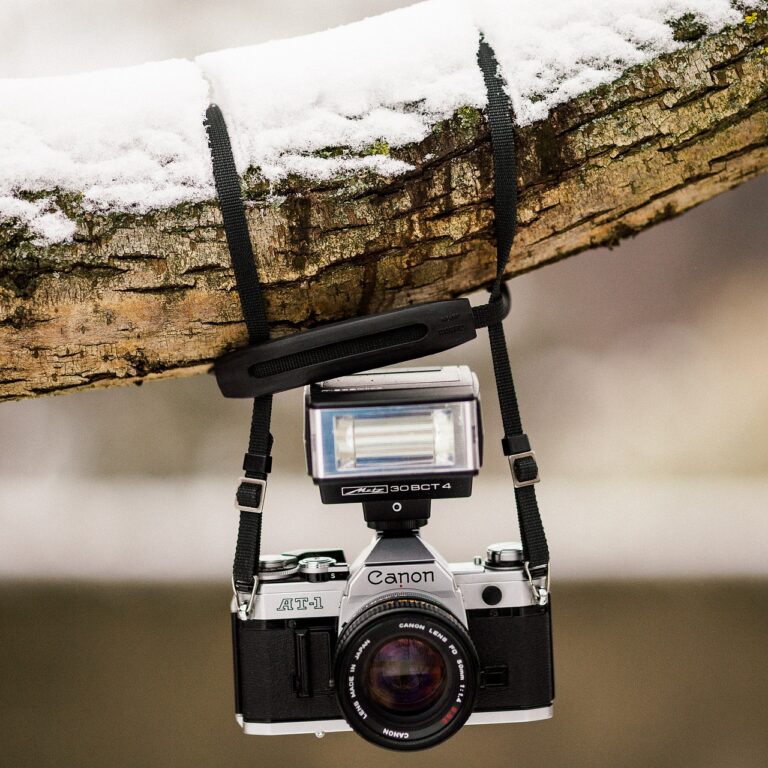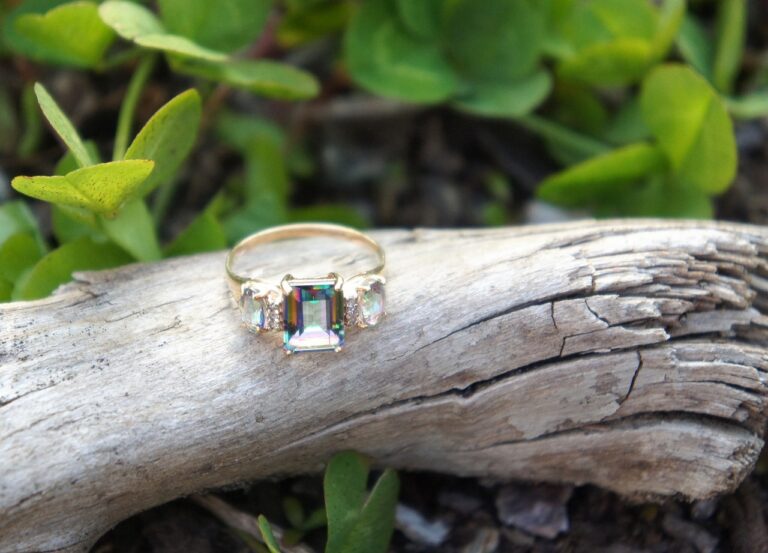The Art of Fabric Collage: Techniques for Creating Artworks with Textile Scraps: 11xplay.online login, Laser book 247.com, Tigerexch247
11xplay.online login, laser book 247.com, tigerexch247: The art of fabric collage is a creative and innovative way to use textile scraps to create unique and beautiful artworks. Whether you are a seasoned artist or just starting out, fabric collage allows you to express your creativity and make use of materials that would otherwise go to waste. In this article, we will explore some techniques for creating art with textile scraps.
1. Gather Your Materials
The first step in creating a fabric collage is to gather your materials. Collect a variety of textile scraps in different colors, patterns, and textures. You can use old clothes, linens, or even scraps from a fabric store. Be creative and experiment with different materials to see what works best for your project.
2. Prepare Your Workspace
Before you start your fabric collage, make sure you have a clean and organized workspace. Lay out your materials and tools so that everything is easily accessible. This will help you stay focused and make the process smoother.
3. Choose a Background
Decide on a background for your fabric collage. This could be a canvas, paper, or any other surface that you want to work on. Consider the size and shape of your background to determine how you will arrange your textile scraps.
4. Cut and Arrange Your Textile Scraps
Cut your textile scraps into different shapes and sizes. Experiment with layering and overlapping the scraps to create interesting patterns and textures. Play around with different arrangements until you are happy with the overall composition.
5. Glue or Stitch Your Textile Scraps
Once you have arranged your textile scraps on the background, you can either glue or stitch them in place. Use a fabric glue to stick the scraps down, or hand stitch them for a more textured and layered look. Be gentle with the delicate fabrics to avoid ripping or tearing.
6. Add Embellishments
To enhance your fabric collage, consider adding embellishments such as buttons, beads, or embroidery. These extra details can add depth and interest to your artwork, making it truly unique.
7. Seal and Protect Your Artwork
Once you have completed your fabric collage, make sure to seal and protect it. You can use a clear acrylic sealant to preserve the colors and textures of your artwork. This will also protect it from dust and fading over time.
FAQs:
Q: Can I wash my fabric collage?
A: It is not recommended to wash fabric collages as the delicate materials may not hold up well to water. Instead, keep your artwork in a dry and dust-free environment to maintain its quality.
Q: How can I display my fabric collage?
A: You can frame your fabric collage behind glass to protect it and hang it on a wall as a piece of art. Alternatively, you can mount it on a canvas or board for a more textured look.
Q: Can I mix different types of fabrics in a fabric collage?
A: Yes, you can mix different types of fabrics in a fabric collage to create contrast and interest. Be mindful of how the fabrics interact with each other and experiment with different combinations to find what works best for your project.
In conclusion, fabric collage is a versatile and fun art form that allows you to experiment with textures, colors, and patterns. By following these techniques and tips, you can create beautiful and unique artworks with textile scraps. Let your creativity shine through and enjoy the process of making art with fabric collage.







